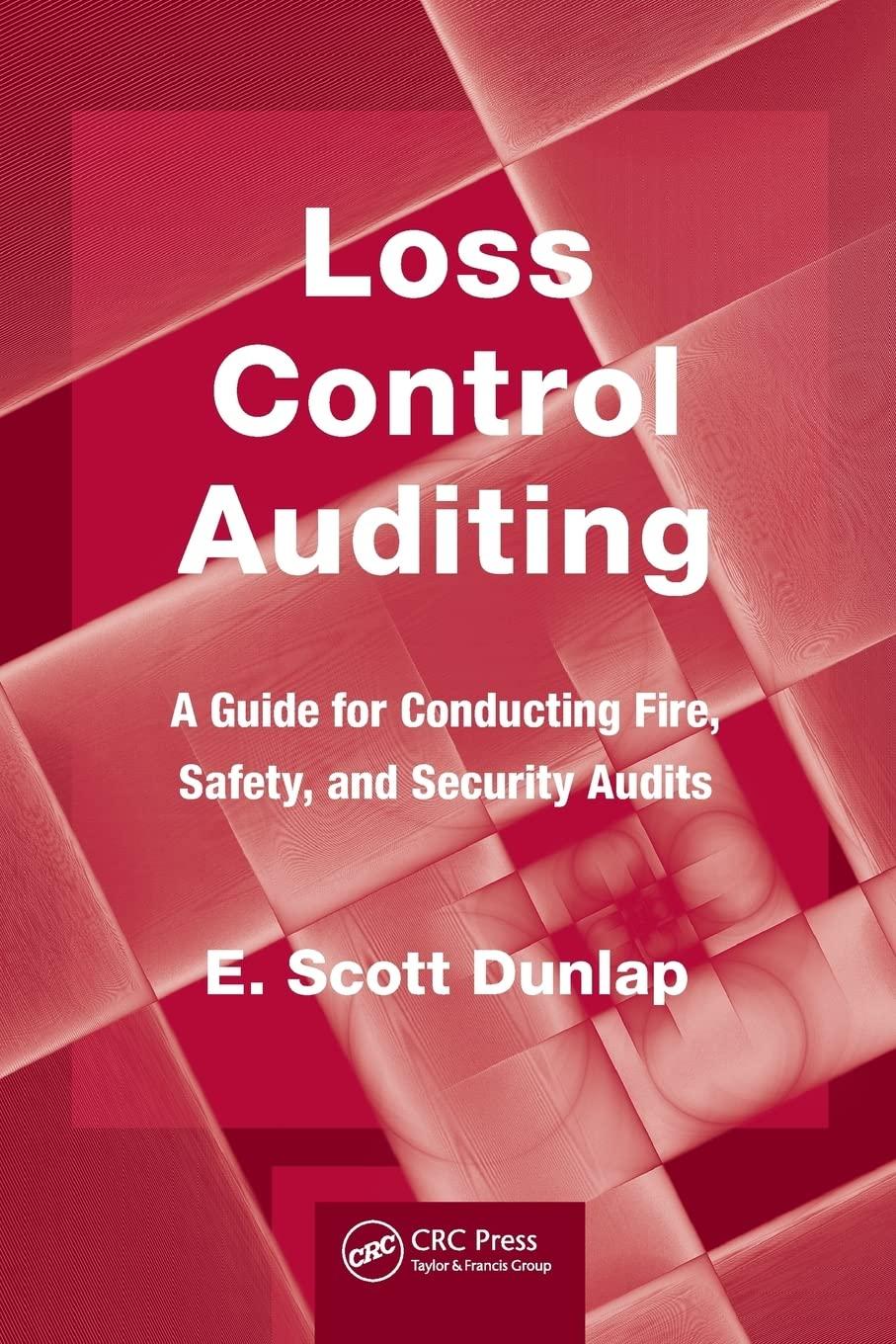Answered step by step
Verified Expert Solution
Question
1 Approved Answer
Case 4B-6 (Algo) Step-Down Method versus Direct Method [LO4-10, LO4-11] This is really an odd situation, sald Jim Carter, general manager of Highiand Publishing Company.

Step by Step Solution
There are 3 Steps involved in it
Step: 1

Get Instant Access to Expert-Tailored Solutions
See step-by-step solutions with expert insights and AI powered tools for academic success
Step: 2

Step: 3

Ace Your Homework with AI
Get the answers you need in no time with our AI-driven, step-by-step assistance
Get Started


